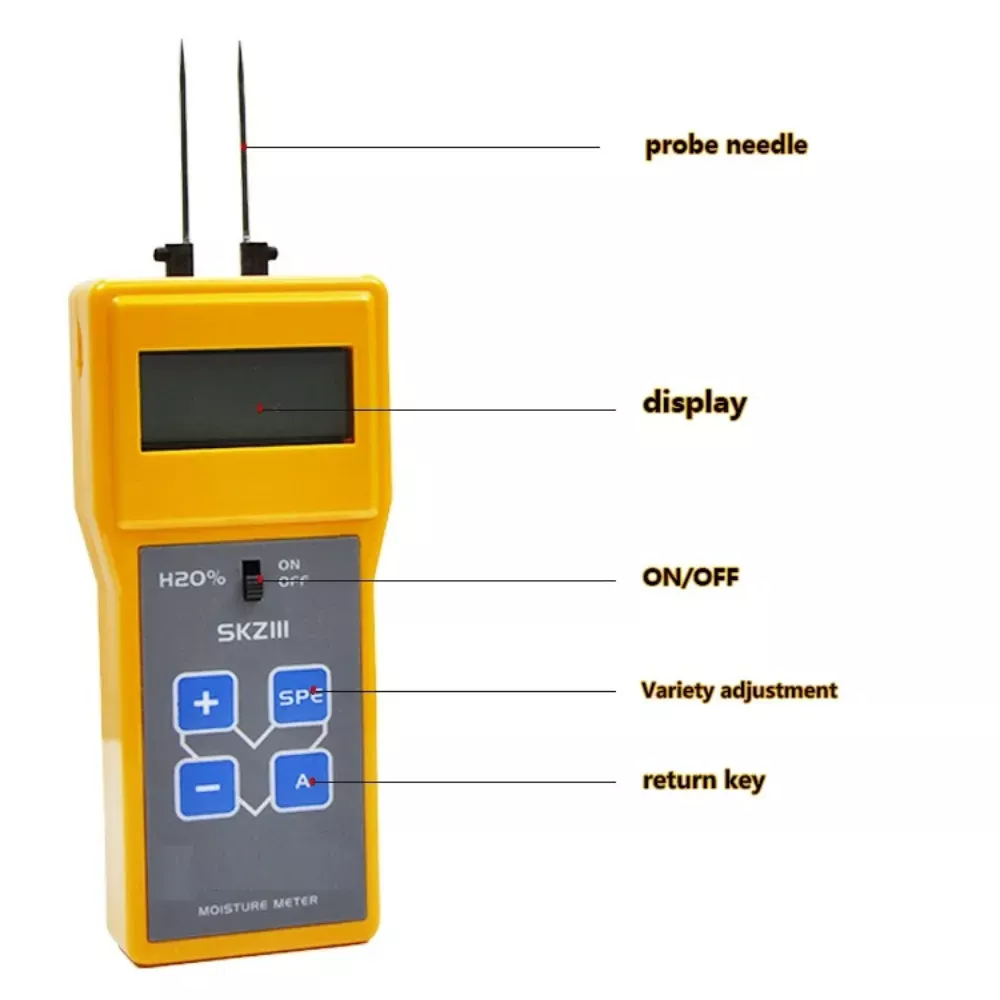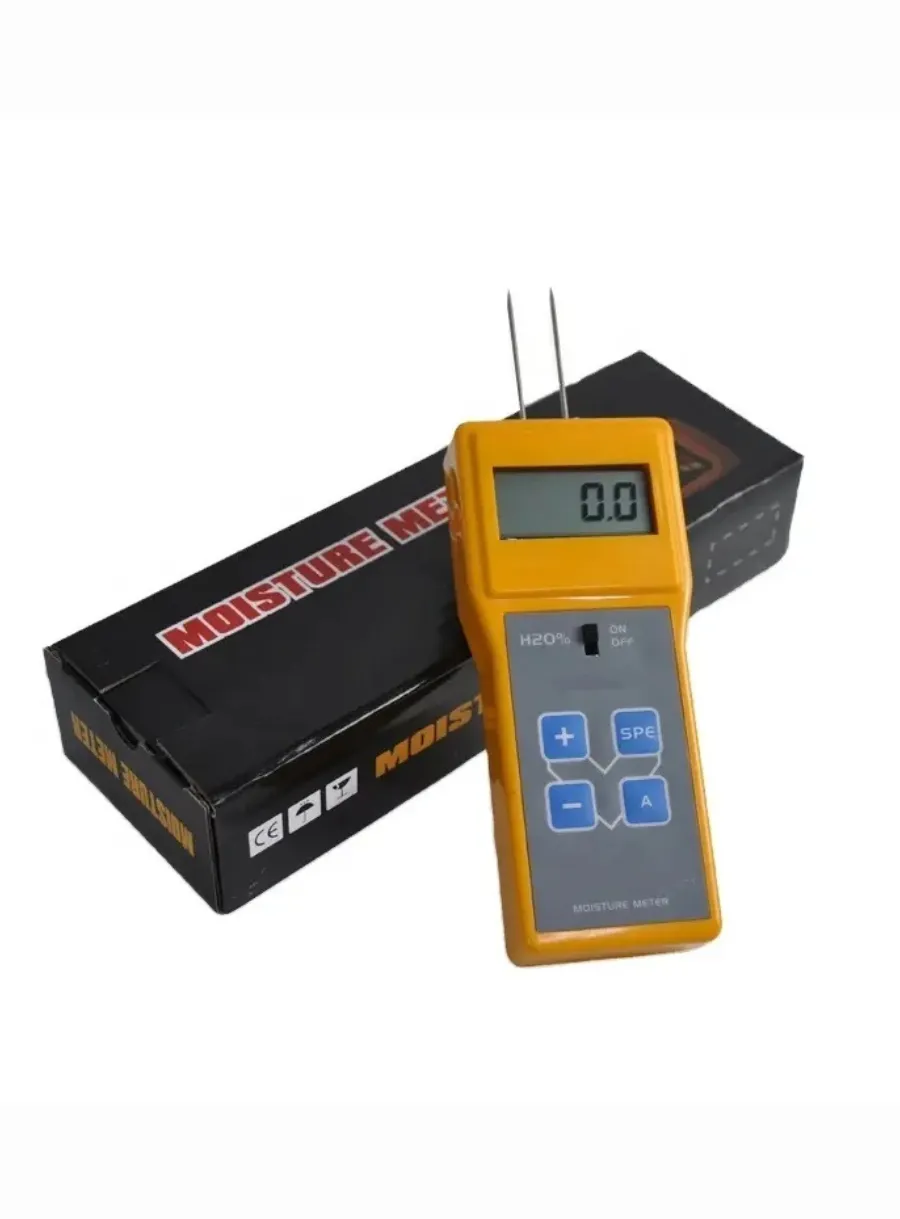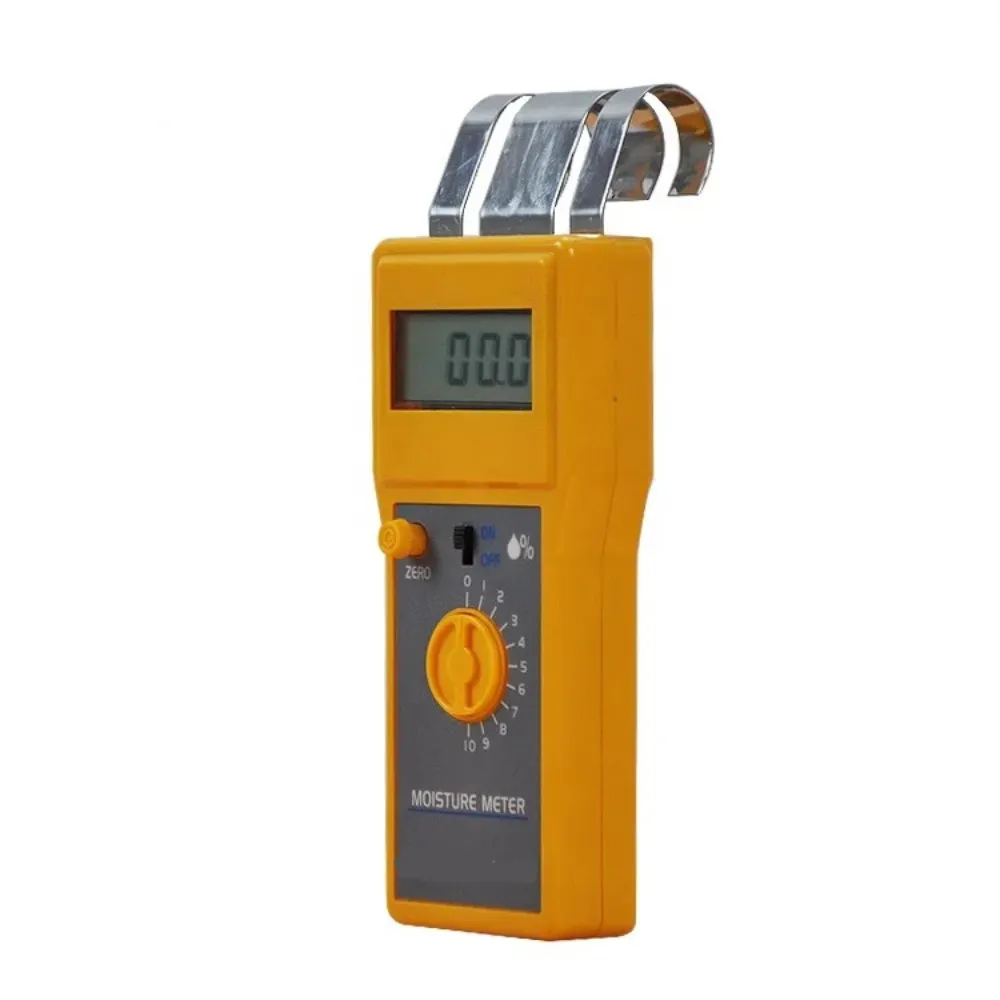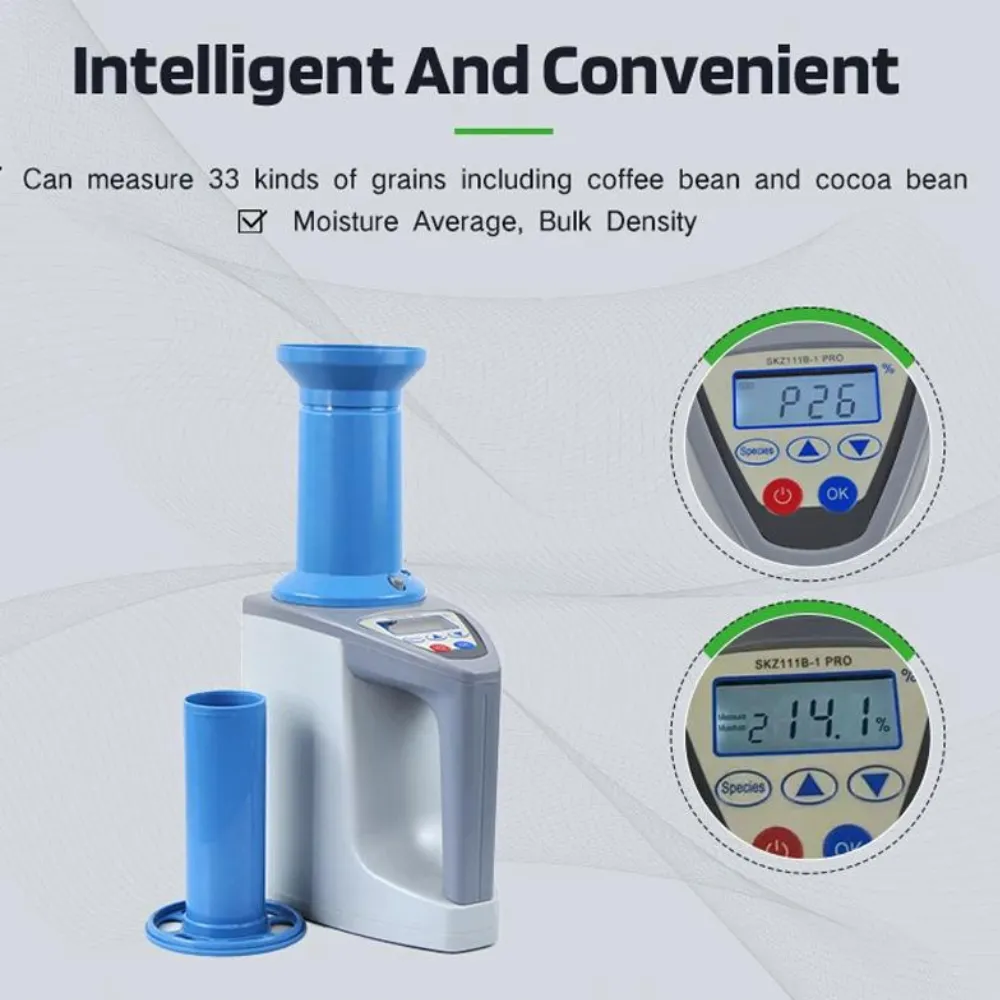
Working Principle of Meat Moisture Meters
Table of Contents

Moisture meters operate based on the principle of measuring the moisture content in materials, particularly in wood and building materials. The functionality of these devices typically hinges on two primary methods: pin-type and pinless measurement.
Pin-type moisture meters utilize two conductive pins that are inserted into the material being tested. When the pins penetrate the surface, they create a circuit that measures the electrical resistance of the material. Since moisture affects the conductivity, higher moisture content results in lower resistance, allowing the meter to display a reading expressed as a percentage of moisture content in the material. This method provides qualitative data regarding the moisture level, which can be used to assess the material’s suitability for various applications.

Pinless Meters
Pinless moisture meters, on the other hand, employ a non-invasive approach to measure moisture content. They utilize electromagnetic sensors that detect moisture levels without requiring physical penetration into the material. This is achieved by emitting electromagnetic waves and measuring the reflected signals, which vary based on moisture presence. This method is particularly advantageous for larger surfaces or delicate materials where penetration might cause damage.
Calibration and Accuracy
Regardless of the type, moisture meters often come with calibration options tailored to specific materials. For instance, certain models allow users to adjust settings based on the species of wood being tested, enhancing accuracy. Calibration ensures that the readings are reliable and reflect the actual moisture content, making it crucial for users seeking precise measurements in their work.
Comments
Tags
Frequently Asked Question
The two primary methods are pin-type, which uses conductive pins, and pinless, which uses electromagnetic sensors.
Pin-type meters measure the electrical resistance of the material, which is affected by moisture content. Higher moisture content results in lower resistance, allowing the meter to display a reading as a percentage of moisture content.
Pinless meters are non-invasive and do not require physical penetration of the material, making them suitable for larger surfaces or delicate materials where penetration could cause damage.
Calibration ensures that the readings provided by the moisture meter are reliable and accurately reflect the actual moisture content of the material being measured, which is crucial for users seeking precise measurements.


